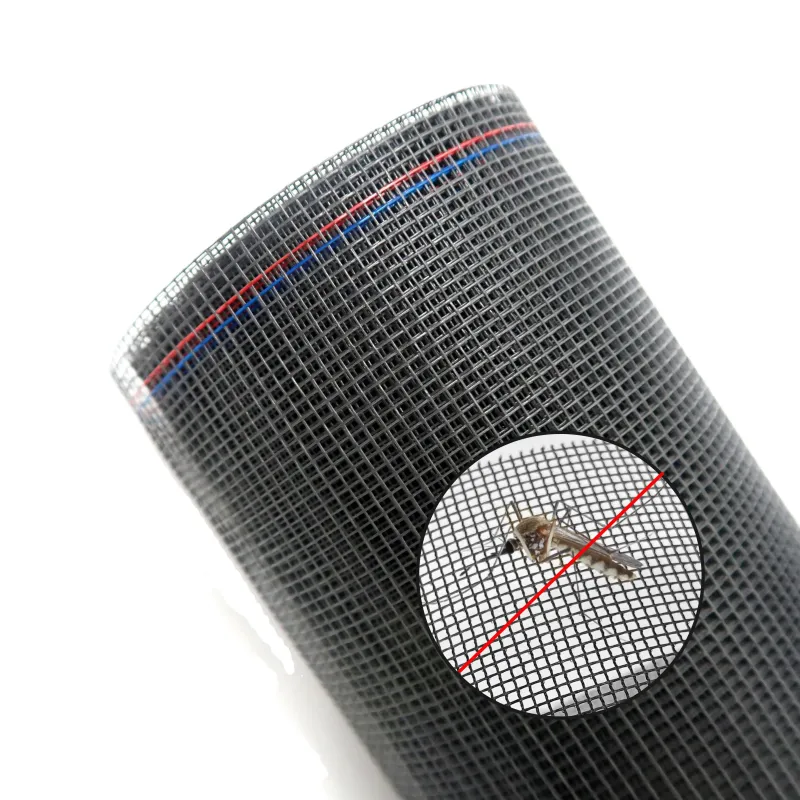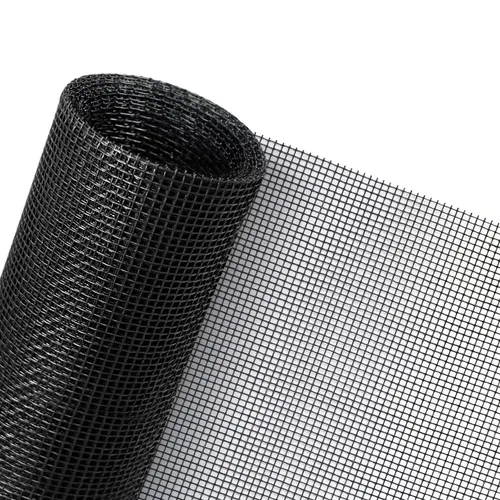Feb . 14, 2025 17:50 Back to list
Sliding Screen Door
Sliding doors provide both functionality and aesthetic appeal to modern homes, yet the wear and tear from daily use eventually necessitates rescreening. Understanding the costs involved can help homeowners budget more effectively and ensure that the task is performed adequately without unforeseen expenses.
Professional labor is a factor that must not be overlooked when calculating rescreening expenses. Skilled technicians ensure that the screen is installed securely and operates smoothly without kinks or sags, typically charging between $50 to $100 per hour. Having a reliable professional is paramount; thus, evaluating customer reviews, professional certifications, and past projects is advisable. It may seem tempting to tackle rescreening as a DIY project, especially if skillful with tools, yet one misstep may lead to persistent issues that a professional could have deftly avoided. Enhancements to sliding door screens provide additional value and function, but not without added costs. Types of enhancements might include the integration of UV protection, custom fit screens for unique door frames, or even automatic retractable screens for modern touch. These customizations naturally inflate the price, requiring careful consideration based on individual requirements and the allocated budget. For homeowners aiming to maintain their sliding doors in excellent condition while balancing cost, here are a few proactive tips Regularly inspect screens for minor damages or wear; immediate fixes can often prevent larger, costly repairs. Opt for screens that suit the environmental exposure, such as pet-resistant screens for homes with pets, or finer mesh screens in mosquito-prone areas. Additionally, leveraging local handyman services might offer competitive labor prices without compromising on quality—a savings strategy for the financially savvy. In conclusion, the cost to rescreen a sliding door fluctuates based on material choice, door dimensions, labor fees, and optional enhancements. Enlightened homeowners are advised to carefully weigh these factors, utilizing expert opinions and past user experiences to make informed decisions. Keeping abreast with industry standards and cost trends ensures that when rescreening becomes necessary, it is not an unwelcome financial surprise but an expected and manageable home maintenance project. By understanding the dynamics of costs, homeowners can maintain functional and visually appealing sliding doors, enhancing the home’s overall value and comfort.


Professional labor is a factor that must not be overlooked when calculating rescreening expenses. Skilled technicians ensure that the screen is installed securely and operates smoothly without kinks or sags, typically charging between $50 to $100 per hour. Having a reliable professional is paramount; thus, evaluating customer reviews, professional certifications, and past projects is advisable. It may seem tempting to tackle rescreening as a DIY project, especially if skillful with tools, yet one misstep may lead to persistent issues that a professional could have deftly avoided. Enhancements to sliding door screens provide additional value and function, but not without added costs. Types of enhancements might include the integration of UV protection, custom fit screens for unique door frames, or even automatic retractable screens for modern touch. These customizations naturally inflate the price, requiring careful consideration based on individual requirements and the allocated budget. For homeowners aiming to maintain their sliding doors in excellent condition while balancing cost, here are a few proactive tips Regularly inspect screens for minor damages or wear; immediate fixes can often prevent larger, costly repairs. Opt for screens that suit the environmental exposure, such as pet-resistant screens for homes with pets, or finer mesh screens in mosquito-prone areas. Additionally, leveraging local handyman services might offer competitive labor prices without compromising on quality—a savings strategy for the financially savvy. In conclusion, the cost to rescreen a sliding door fluctuates based on material choice, door dimensions, labor fees, and optional enhancements. Enlightened homeowners are advised to carefully weigh these factors, utilizing expert opinions and past user experiences to make informed decisions. Keeping abreast with industry standards and cost trends ensures that when rescreening becomes necessary, it is not an unwelcome financial surprise but an expected and manageable home maintenance project. By understanding the dynamics of costs, homeowners can maintain functional and visually appealing sliding doors, enhancing the home’s overall value and comfort.
Products
Latest news
-
Unveiling the Allure and Practicality of Classic Mosquito Nets
NewsJul.04,2025 -
Unraveling the World of Mosquito Nets: Varieties, Costs, and Production
NewsJul.04,2025 -
Redefining Protection and Style: The World of Mosquito Nets
NewsJul.04,2025 -
Enhancing Sleep and Style with Contemporary Mosquito Nets
NewsJul.04,2025 -
Diverse Solutions in Mosquito Netting: Sizes, Varieties, and Flexibility
NewsJul.04,2025 -
Deciphering Mosquito Nets: Significance, Varieties, and Applications
NewsJul.04,2025 -
Transforming Bedrooms into Mosquito - Free Havens
NewsJul.01,2025









